Reporting might be the final of the four stages of GDPR compliance, and it’s possibly not a topic which is going to set anyone’s world alight, but neither of those things make it any less important. If anything, the opposite may be true. After all, what’s the point of taking multiple complex steps to become compliant if, at the end of everything, you can’t prove that you are following the rules?
With today’s changing IT security landscape where users are mostly remote and the applications that they access are hosted by app providers and not host data centres, it is vital to get visibility of users and service activities for users in the office or working remotely as well as on-premise servers accessing updates services on the internet.
It’s one thing to stop or prevent a negative consequence. It’s another to be able to show what happened (or didn’t happen) and how you stopped it. We know that in the event of a breach, regulators are likely to take into account the extent of monitoring and reporting that an organisation carries out. This information may well be used to help determine the extent of any penalty imposed. Having very granular reporting is only possible when the platforms being used to protect users have the ability to precisely decode the communications and understand activities and data.
To recap the journey so far, after the first discovery stage in which organisations audit the cloud services in use and the data they hold, the IT team then rationalises on certain authorised and compliant services. After this the team enforces granular policy to determine rules around access to data and services, restricting access to certain personnel, devices, locations, etc., all in order to lock down sensitive data.
The final reporting stage is designed to maintain that position, meaning that the IT team must be able to monitor overall cloud service use and data access within the organisation to ensure that no new or unknown cloud services are being provisioned by employees in an unauthorised manner.
As this example demonstrates, reporting isn’t just for after the event – it’s also a strategic asset in real-time situations. A reporting platform should provide organisations with answers to ad hoc queries, plus dynamic reports for auditing and risk management. They should provide detailed structure data, that can be presented in easy-to-consume representations such a Sankey flows, data table, drill down menus, and third-party platform sharing.
Equally, reporting functions can provide incident management information and tools across the lifecycle of suspected and real violations. What data has been accessed? By whom? Where was the data downloaded? With whom was it shared? By combining detailed Advanced Analytics with application visibility organisations will be able to understand precise behaviour and uncover exposure.
All of this is vital information in the event of suspicious or unauthorised activity being identified. It ensures that the appropriate permissions can be either provided or blocked, and data protected at source. In this way, reporting tools can help to identify risk and ultimately prevent breaches, as well as assisting with any eventual clean-up.
Organisations also need to put in place continuous monitoring capabilities with an associated risk dashboard. This dashboard means that all new cloud services are investigated, reported and vetted pre-use, ensuring that they don’t affect the organisation’s GDPR compliance stance.
Continuous monitoring is a vital part of ensuring consistent compliance over time. This includes tracking elements like context and user behaviour, and using this information to spot anomalies. If a user logs in from London, then two minutes later appears to log in from New York City, are both of these requests likely to be legitimate?
Viewed in isolation they may seem ok since both access attempts used the correct log in details. But context is key. As a result, along with checking for the existence of new apps and changes in user behaviour, continuous governance and monitoring is a vital part of GDPR compliance. How can an IT team hope to detect anomalies if they don’t know what normal looks like? Baselining is a key capability in understanding what normal looks like so the unexpected behaviour can be identified.
There is also a forensics aspect to reporting. For example, if an organisation is using a data loss prevention (DLP) solution to trigger an event, then the dashboard will enable the IT team to monitor user behaviour in real-time, trace where the user came from, which app/app instance was used and prove the activities and data subjects.
Being able to demonstrate accurate, real-time reporting processes and functions shows that an organisation is taking a proactive approach to due diligence reporting. This is exactly the type of information a regulator would be looking for in the event of a breach, information which could reduce the size of any fine or penalty.
Often we speak of the “journey” towards GDPR compliance. Like any epic voyage, the journey towards compliance with any regulation – and especially one as complex and wide-ranging as the GDPR – features many stages, and is made up of challenges to be overcome and hoops to be jumped through. But unlike most journeys, in some ways, this one never really ends.
Reporting must be consistent and proven: just because you were compliant today, that doesn’t necessarily mean you’ll be compliant tomorrow. If that sounds daunting, the good news is that once your reporting structure and processes are in place, most of the hard work is done. With all four stages of audit, rationalise, enforce, and reporting complete, and a Next Generation Secure Web Gateway forming the foundation of a secure edge solution, the organisation is much closer to compliance than it was at the journey’s outset.
So although reporting is the final piece of the GDPR compliance puzzle, this doesn’t mean that the journey is over. Seasoned travelers say that it’s not about the destination, it’s about the journey. And on that note, with the hard work done and everything in place to ensure your organisation is ready for the GDPR, maybe it’s time for a holiday…?




 Voltar
Voltar
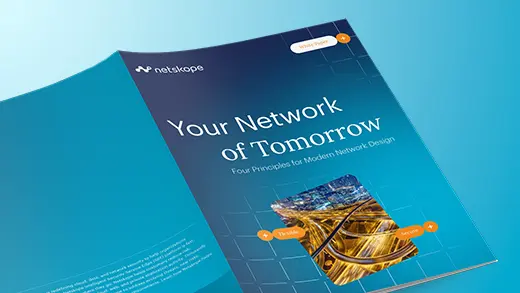

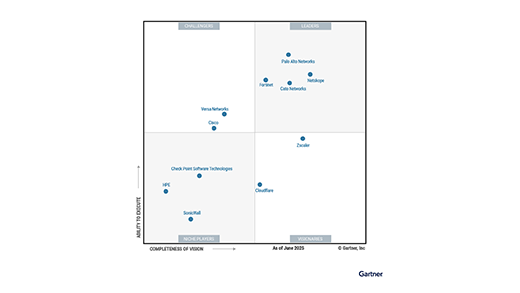
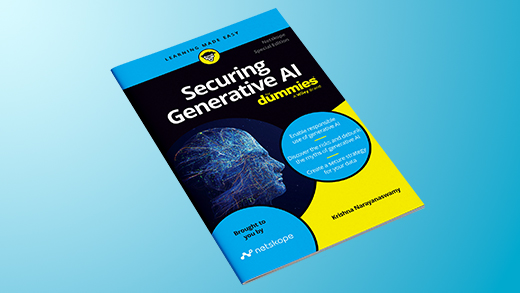

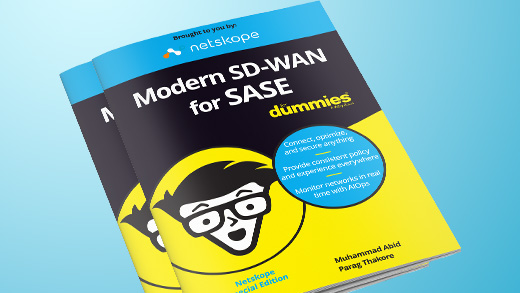

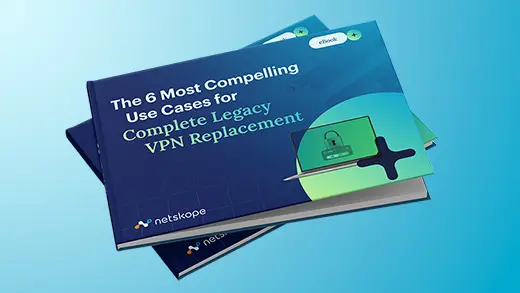

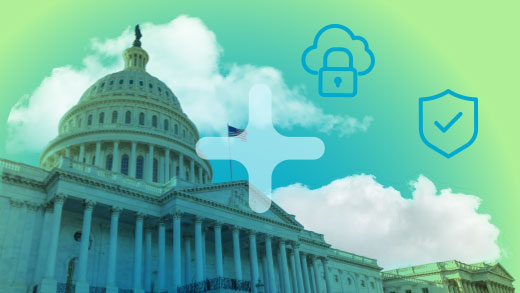





 Leia o Blog
Leia o Blog